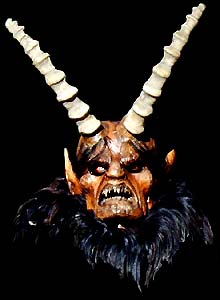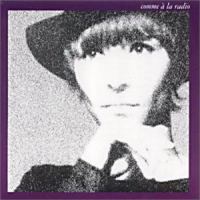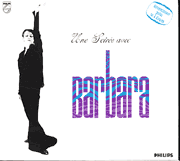 The low quality of Black Metal production values is proverbial - flat, harsh, raw, tinny, trebly, thin, hissy and fuzzy are some of the adjectives for the production used by both detractors and aficionados of the genre. On this site, a Black Metal fan answers his own rhetorical question: "But what would a black metal album be without low production values? Not a black metal album".
The low quality of Black Metal production values is proverbial - flat, harsh, raw, tinny, trebly, thin, hissy and fuzzy are some of the adjectives for the production used by both detractors and aficionados of the genre. On this site, a Black Metal fan answers his own rhetorical question: "But what would a black metal album be without low production values? Not a black metal album".With the exception perhaps of the originators of the genre, the low quality of production is part of Black Metal "spider's web of significance". The low production values are a matter of choice, not of economic necessity:
- Black Metal was started in defiance of Death Metal. To distinguish itself aesthetically from Death metal, Black metal had a low and dirty sounding production quality, instead of having high-quality, clean production. However, Black Metal not only strived to distinguish itself on an aesthetic level from Death Metal: it also strived to be more controversial in lyrical - i.e. ideological - content than Death Metal. Here, aesthetic considerations seem to cause ideological choices.
- The choice for low production values not only has an aesthetic meaning, but also an ideological meaning. Black Metal is a carnival genre, a genre of destruction and uncrowning. The good is dethroned in favor of it's opposite - both in a moral-ideological sense (evil) and in an aesthetic sense (bad in the sense of ugly). Black Metal strives for the destruction of the bonum, verum, pulchrum. (This inversion of the usual hierarchy of adjectives that this ideology entails, can sometimes make for confusing reading of Black Metal album reviews - adjectives that are normally negative should in these cases be read as positive recommendations - this confusion is quite the same as that which I had when I first read Bataille's work).
Thus, the ideological and aesthetic strands of Black Metal are closely interwoven and mutually dependent on each other.
However, the analysis of Black Metal production values cannot stop at the conclusion that a Black Metal album without low production values is not a Black Metal Album.
Interestingly, some bands have, while remaining flat, harsh, raw, tinny, trebly, thin and fuzzy, sculpted that characteristic sound into an artform onto itself. Think of the starkly expressionistic chiaroscuro sound of Spektr and Haemoth, of the ghostly dementia of Striborg's production, and of the Shoegazer-Black Metal sound of Lurker of Chalice. And those who complain that Xasthur makes the same records over and over again, fail to acknowledge that the development is not in the musical structures but in the sound world. Malefic is a master of grey monochrome, the Yves Klein of Black Metal. Thus, anti-aestheticism has been recuperated into the world of the aesthetic. Does this spell the end for Black Metal's transgressive appeal, or is it on the contrary a sign of the genre's undiminished dynamism?
However, the analysis of Black Metal production values cannot stop at the conclusion that a Black Metal album without low production values is not a Black Metal Album.
Interestingly, some bands have, while remaining flat, harsh, raw, tinny, trebly, thin and fuzzy, sculpted that characteristic sound into an artform onto itself. Think of the starkly expressionistic chiaroscuro sound of Spektr and Haemoth, of the ghostly dementia of Striborg's production, and of the Shoegazer-Black Metal sound of Lurker of Chalice. And those who complain that Xasthur makes the same records over and over again, fail to acknowledge that the development is not in the musical structures but in the sound world. Malefic is a master of grey monochrome, the Yves Klein of Black Metal. Thus, anti-aestheticism has been recuperated into the world of the aesthetic. Does this spell the end for Black Metal's transgressive appeal, or is it on the contrary a sign of the genre's undiminished dynamism?



















